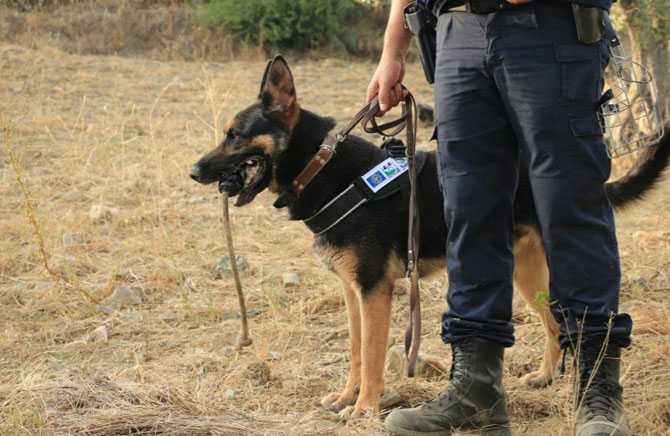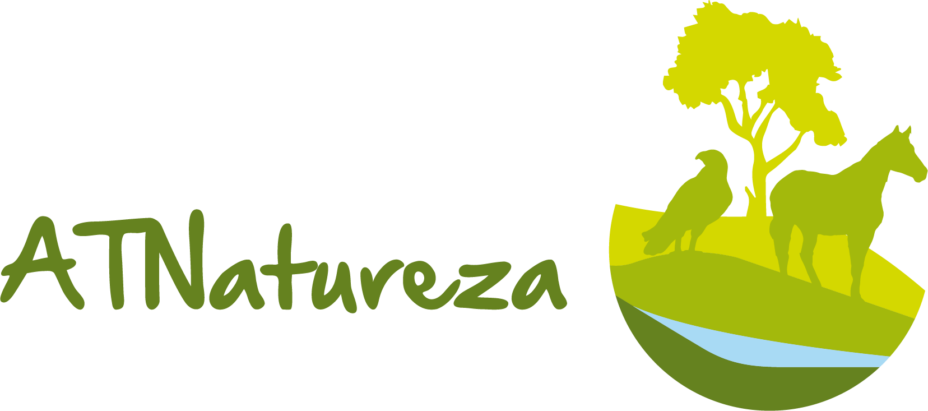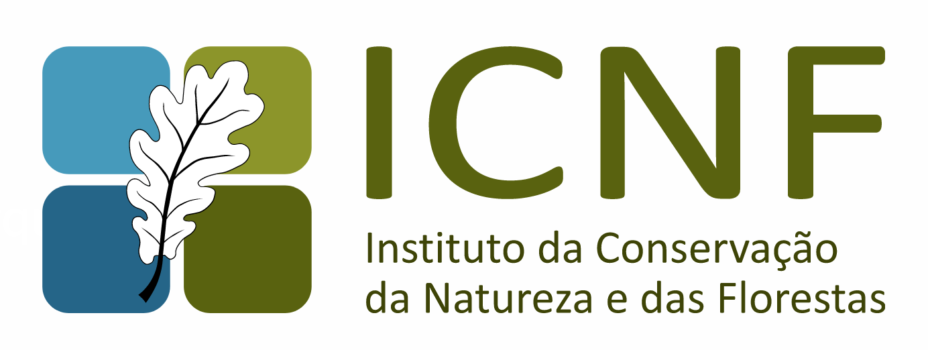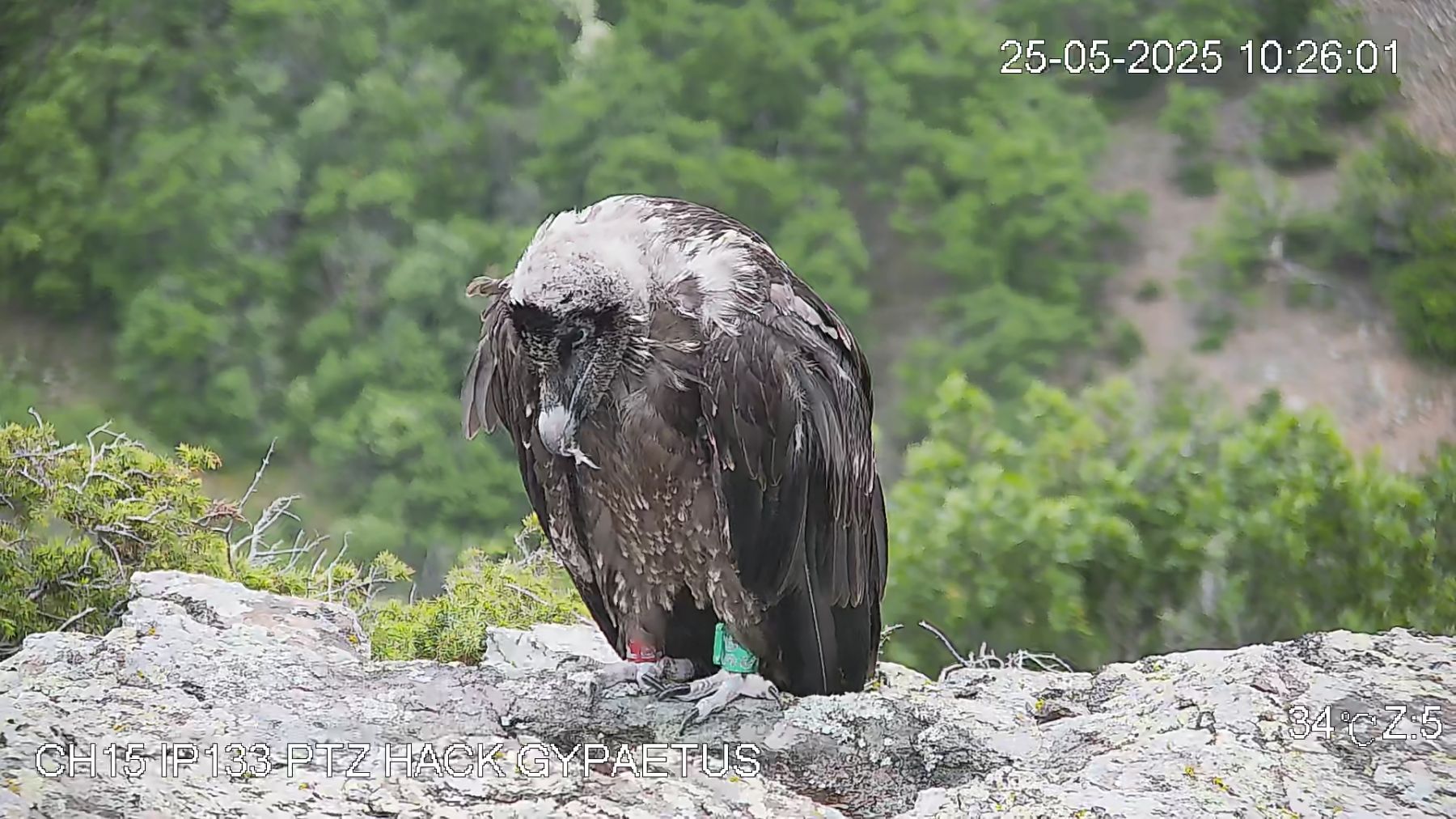
The chicks hatched at the Guadalentín Specialised Breeding Centre in Andalucia
The Bearded Vulture breeding season got off to an early start back in mid-December 2018 and now as it draws to a close and we make our final preparations for the release of some of the Bearded Vulture chicks into the wild, the final breeding results are in. The 2018/19 season has so far been one of our best ever with a record number of chicks surviving which will allow us to release more birds than ever into the wild.
Bearded Vultures in zoos
Within the Bearded Vulture captive breeding network there are 21 zoos and animal parks right across Europe from Helsinki Zoo in Finland to Torreferussa wildlife centre in Spain to Novosibirsk in Russia to Beaval Zoo in France. These zoos play an important role in not only the breeding of Bearded Vultures chicks that are released into the wild but also by raising awareness among visitors of our work reintroducing the species across Europe.

This year there were 21 breeding pairs of Bearded Vultures in the zoos, animal parks and private collections, that have laid 29 eggs, 17 of which were fertile and resulted in 11 chicks, that will be included in the breeding network or will be used for release into the wild.

This season there were a number of notably firsts within the captive breeding network – Liberec Zoo in the Czech Republic for example successfully raised not one but two young chicks from their breeding pair, adding to the 20 chicks that have been raised at the zoo, 11 of which have been released into the wild since 1993. This year also, thanks to the generous support of Estonian airlines Nordica, we were able to transfer two young chicks from Tallinn Zoo in Estonia to the Richard Faust Zentrum breeding centre in Austria to be raised by an experienced foster pair.
Specialised breeding centres
As part of the captive breeding network we have five dedicated captive breeding centres for this sepcies in Spain, Austria, Switzerland and France. These centres have had a fantastic breeding season with 20 breeding pairs laying a total of 37 eggs and 19 young chicks currently being raised. This is a significant increase from the 2017/18 breeding season when a number of clutches were broken by inexperienced birds, some who were breeding for the first time.
The dedicated teams at the breeding centres have been closely monitoring their breeding pairs to be able intervene at any point to ensure clutches of eggs are removed if they were at risk. These eggs arethen incubated artificially and this removal often led to the pair laying a second, third and even fourth egg (in the case of a pair in the Valcallent Breeding Centre). This kept the teams busy with the incubating of the eggs and then adopting the young chicks either back to their parents or willing foster pairs in the centres.

This year we almost matched the record from 2017/18 of eggs laid within the captive breeding network, . However, this yearthe number of successful hatchings and surviving chicks was higher than in the previous year. The dedication of everyone looking after the birds in the captive breeding network of zoos, specialised breeding centres and private collections has led to a record number of chicks surviving this breeding season, significantly up from 2017/18, with 30 in total across the whole of the captive breeding network compared to 23 last year.
Once the young chicks have been correctly sexed we will finalise the list and distribution of the chicks that will be released into the wild, 2019 could well be our best year for releasing captive-bred birds.








